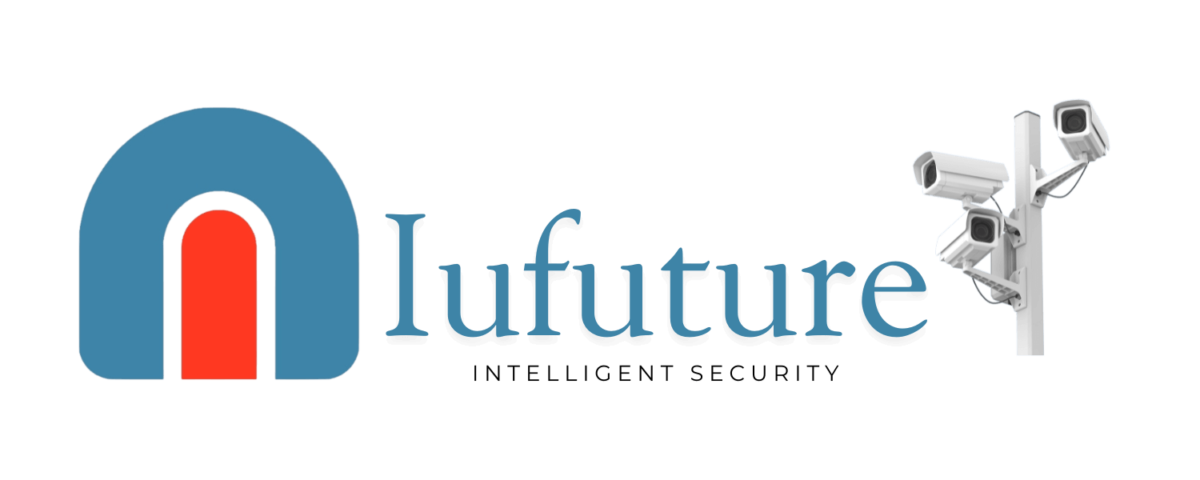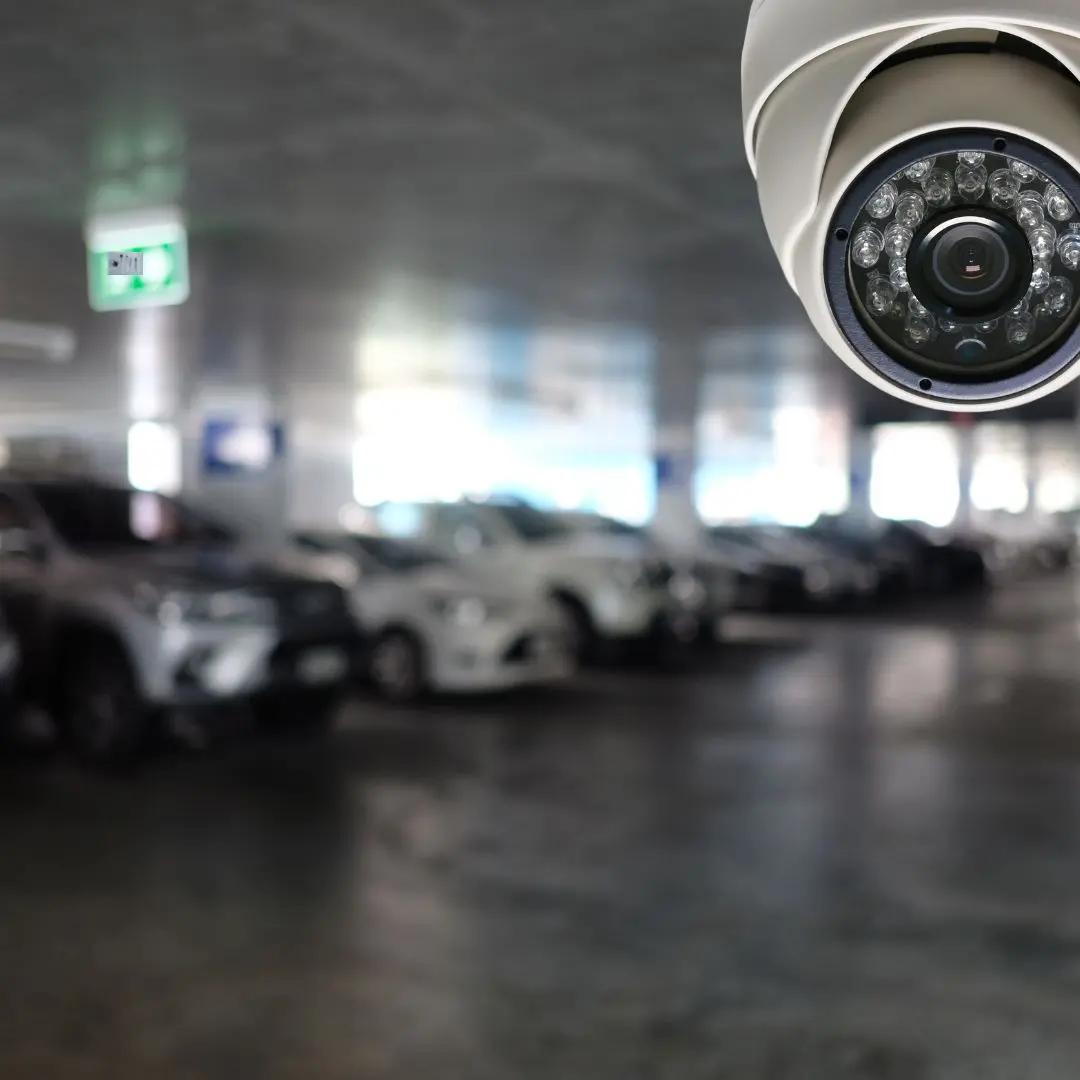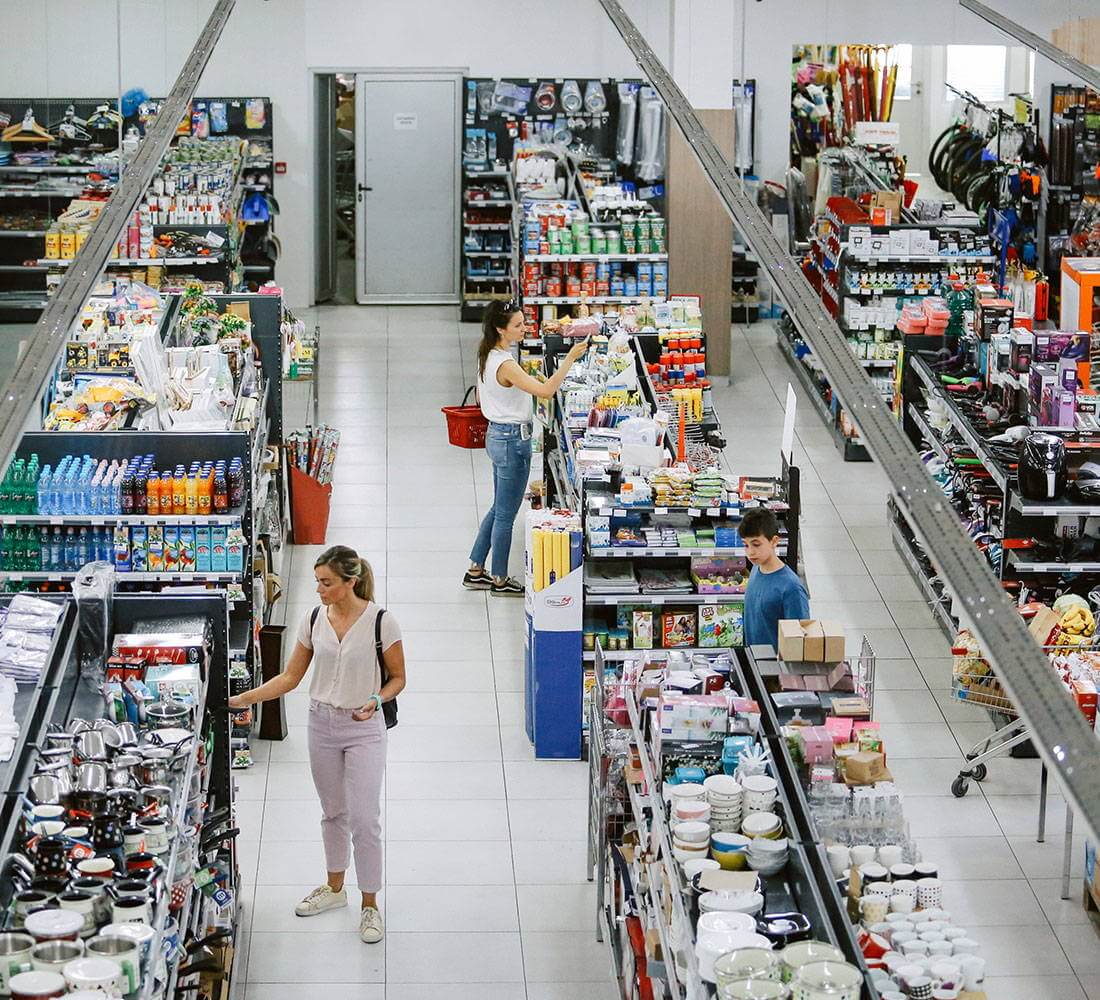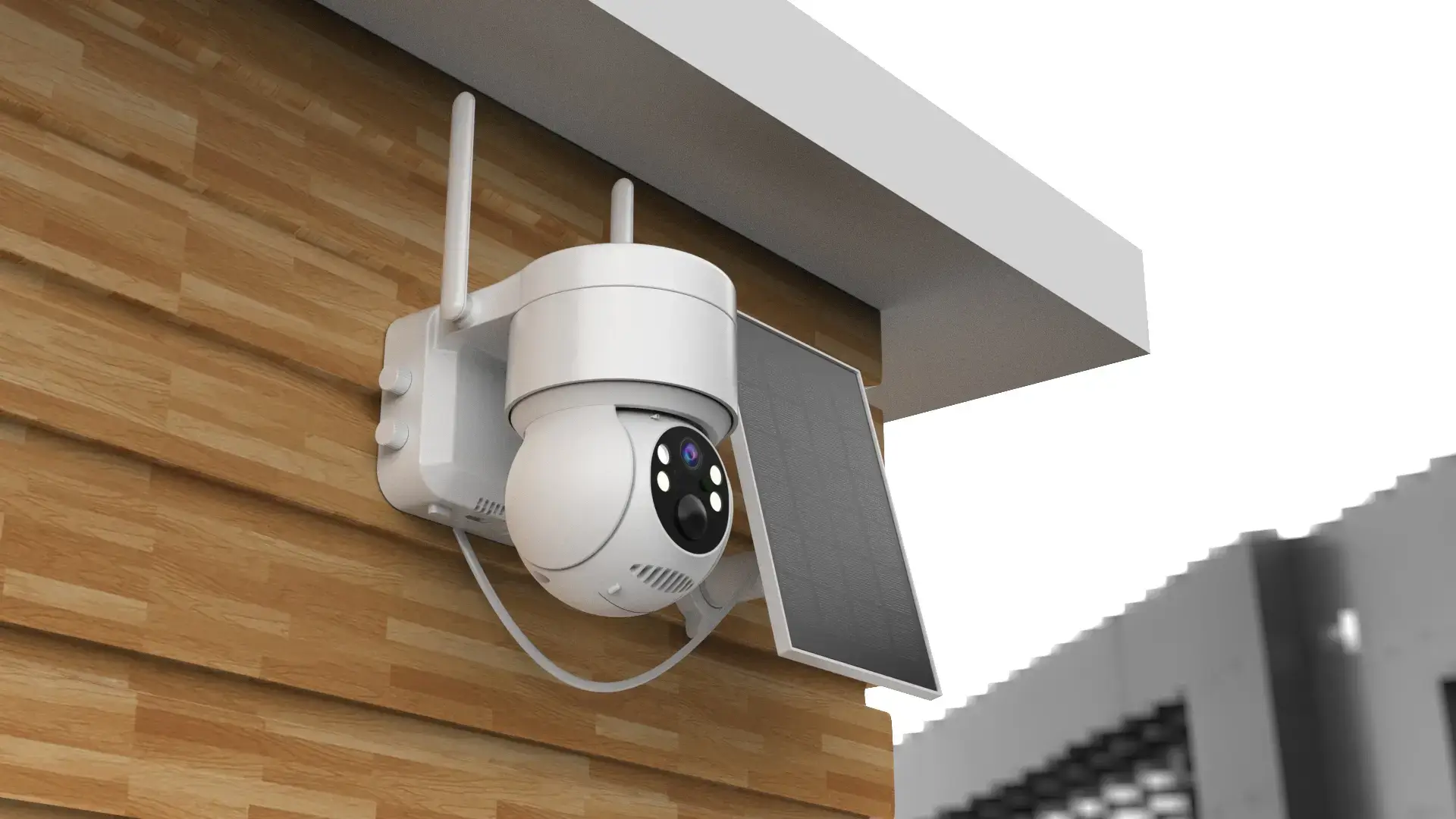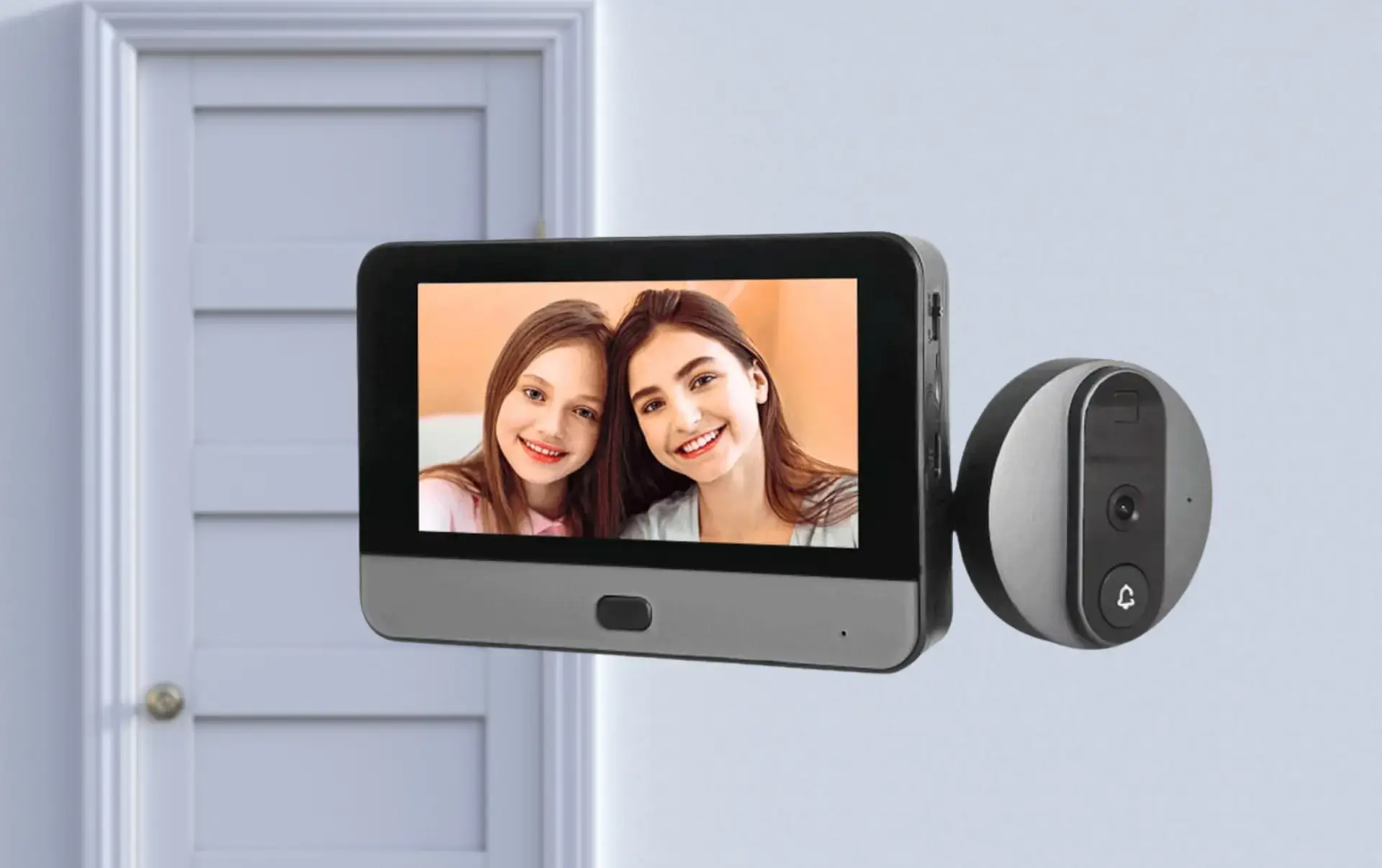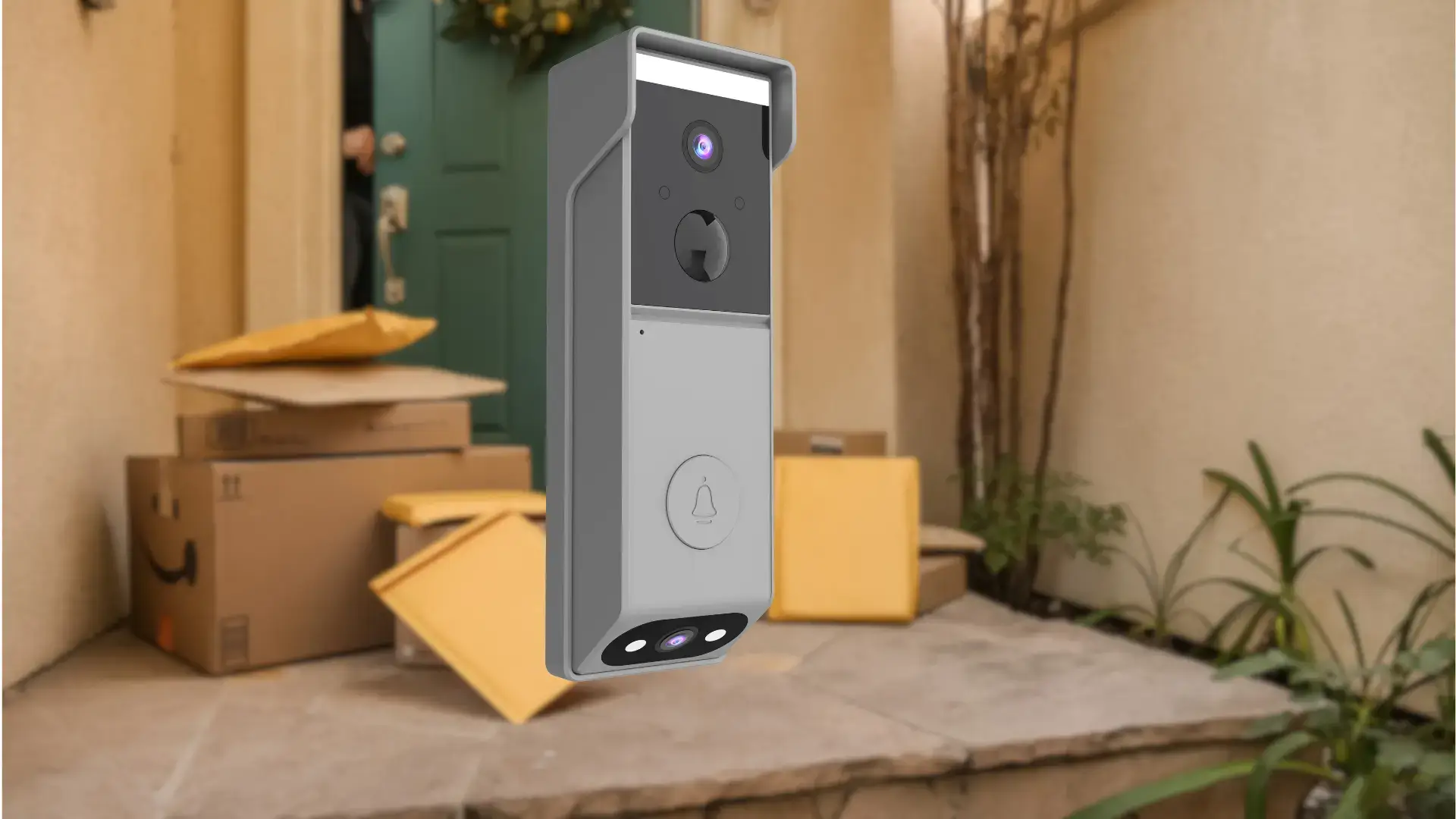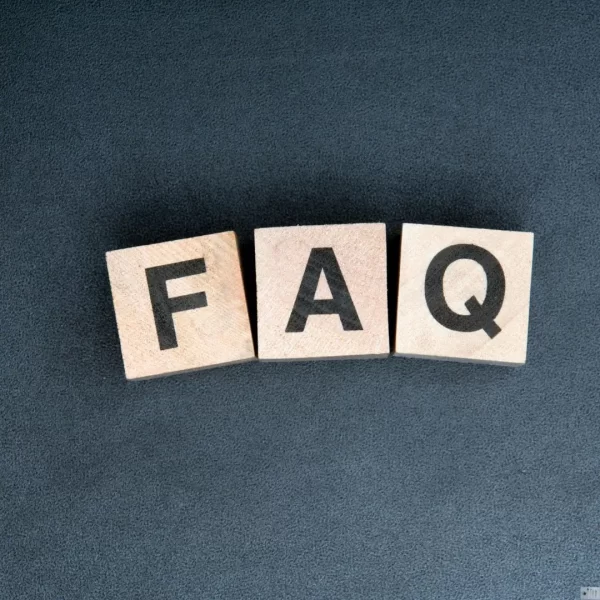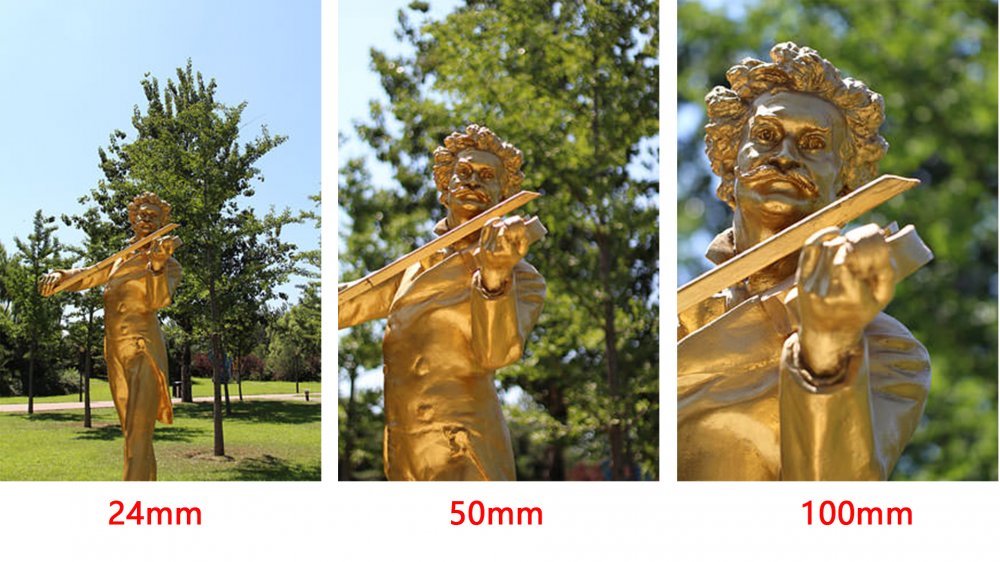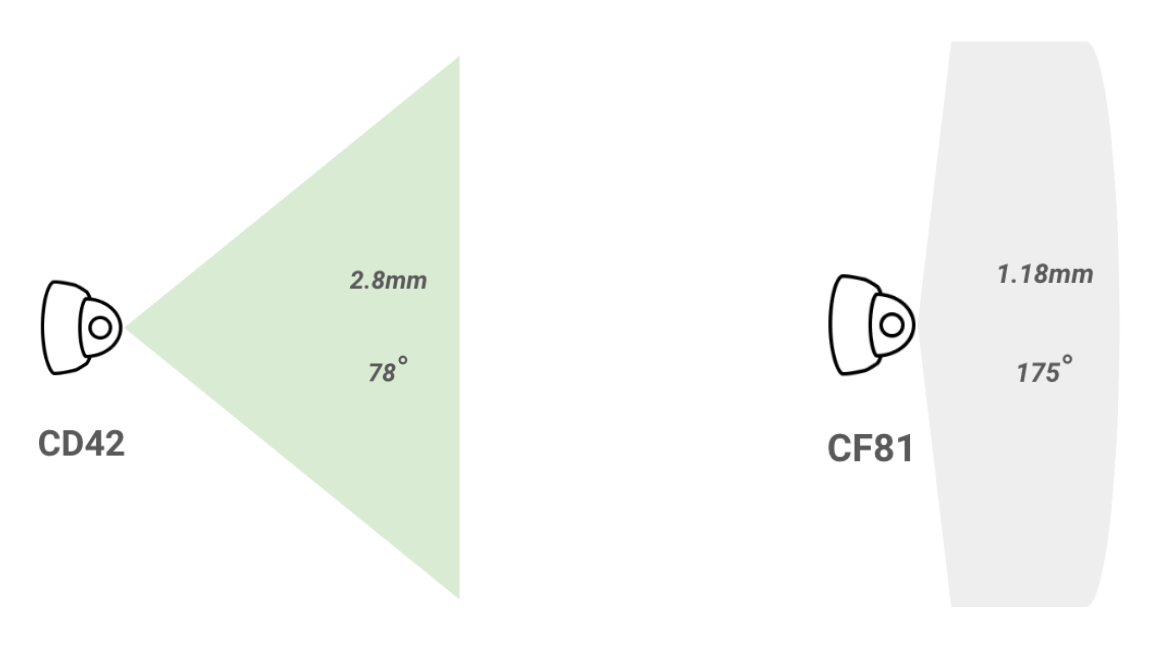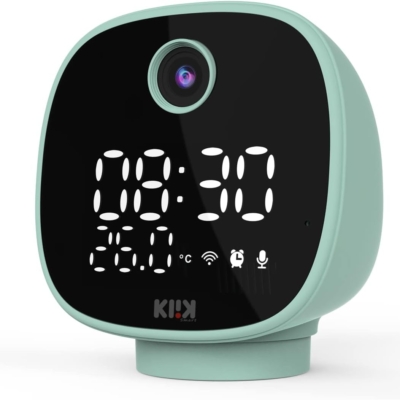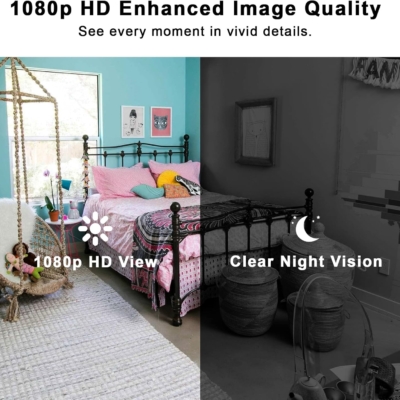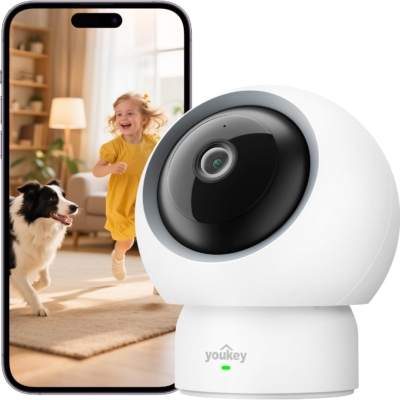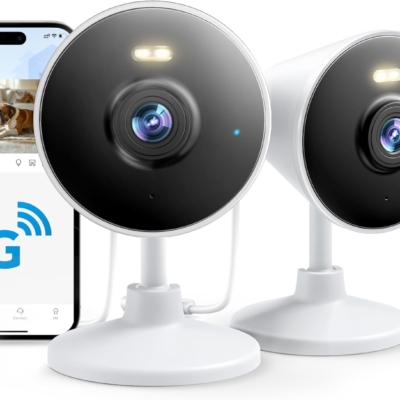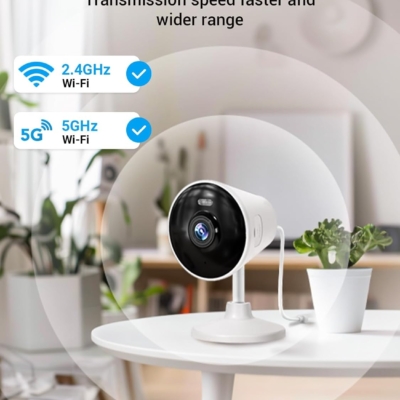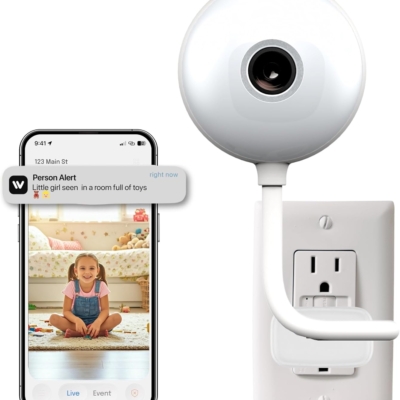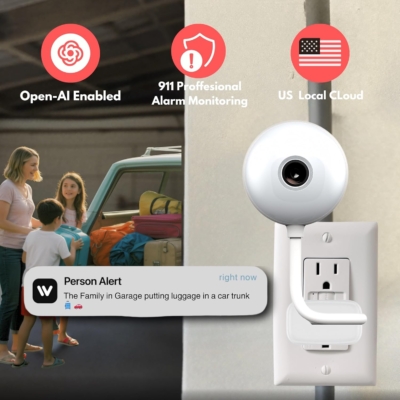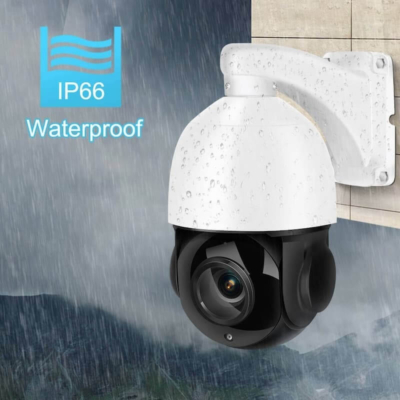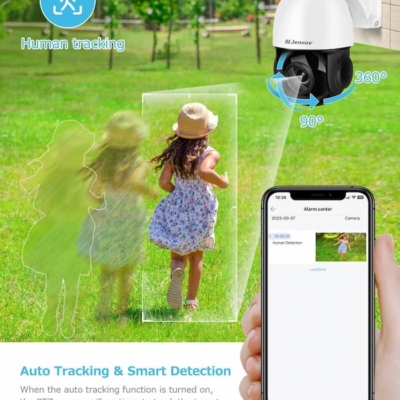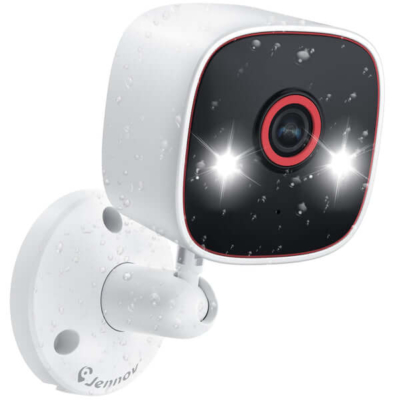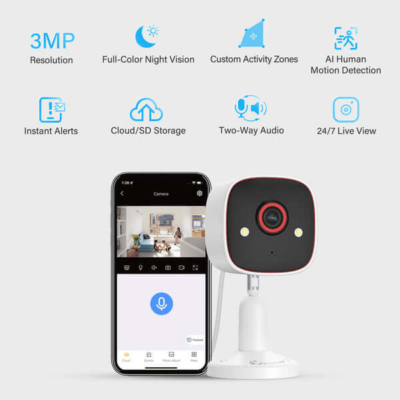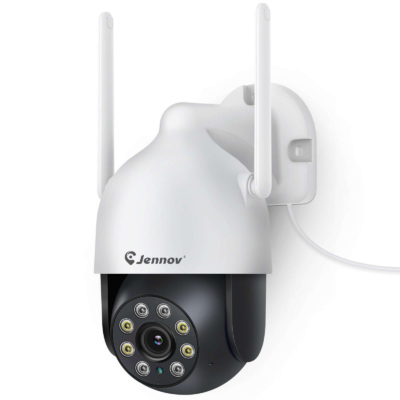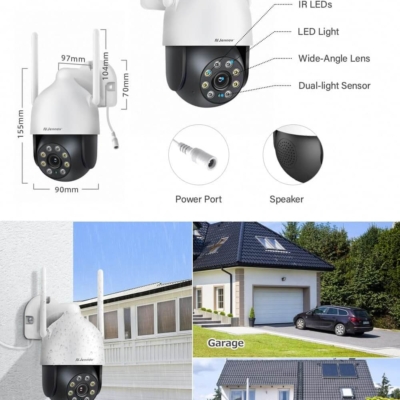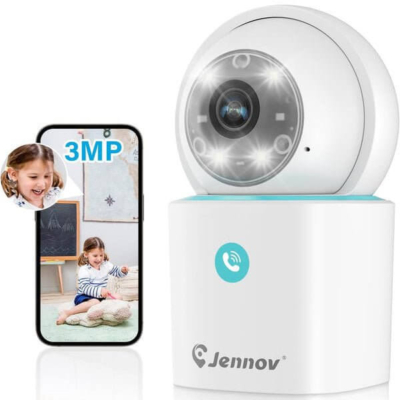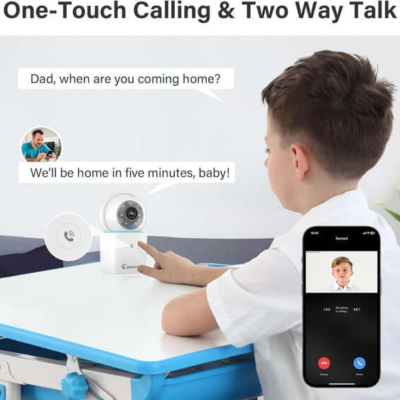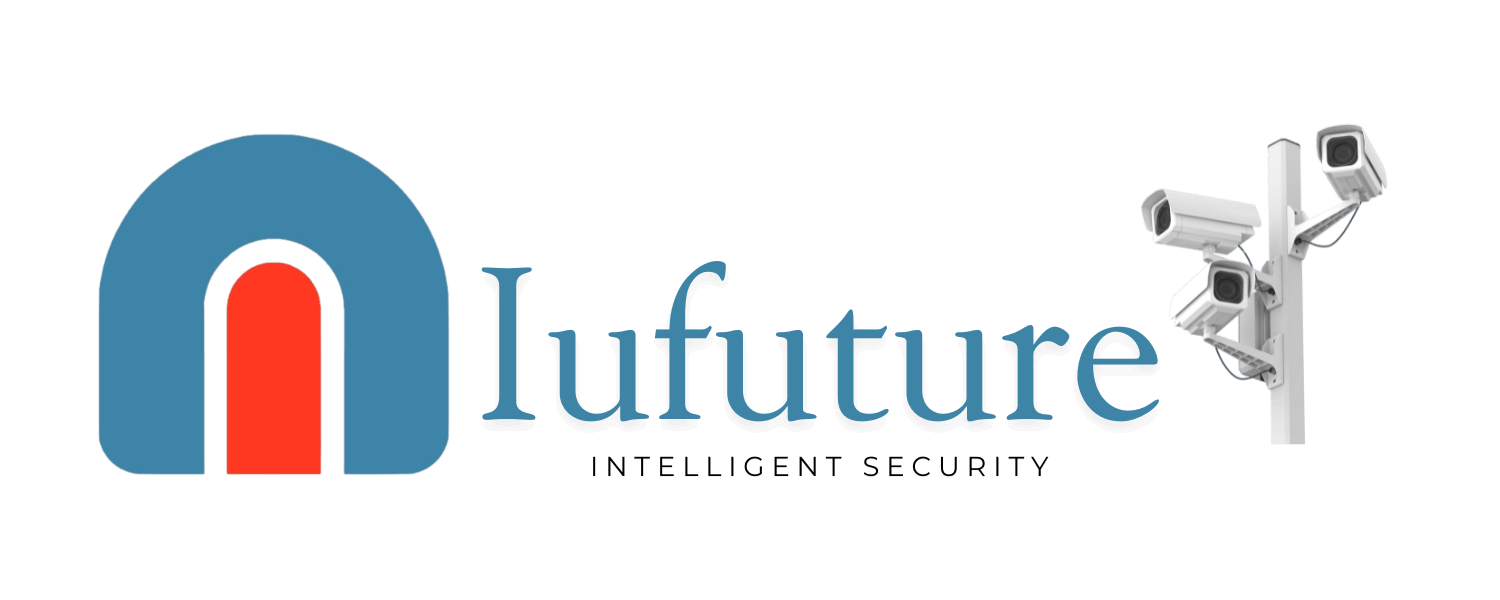What is the focal length: to understand the basics
The focal length is the distance required for an optical device (such as a camera lens) to focus a parallel light on the imaging plane. It is an important concept in photography.
The focal length determines the perspective and magnification of the lens. A shorter focal length means a wide angle, able to shoot a wider scene, but less effective in object amplification. A longer focal length means a narrower view and a higher magnification for shooting distant objects or scenes requiring better detail capture.
The focal length is also related to the depth of field. Typically, long focal length has a smaller depth of field, while short focal length has a greater depth of field. Therefore, when the shooting needs to highlight the theme and blur the background, the telephoto lens is often selected to achieve the shallow depth of field effect.
In the field of photography, common focal lengths include wide-angle lens (generally less than 35mm), standard lens (about 50mm), and telephoto lens (more than 70mm). In addition, there is a zoom lens that can change the actual focal length by adjusting the corresponding optical components.
In summary, the focal length is the distance required for the optical device to focus a parallel light on the imaging plane. It affects perspective, magnification, and depth of field, and has an important impact on photography.
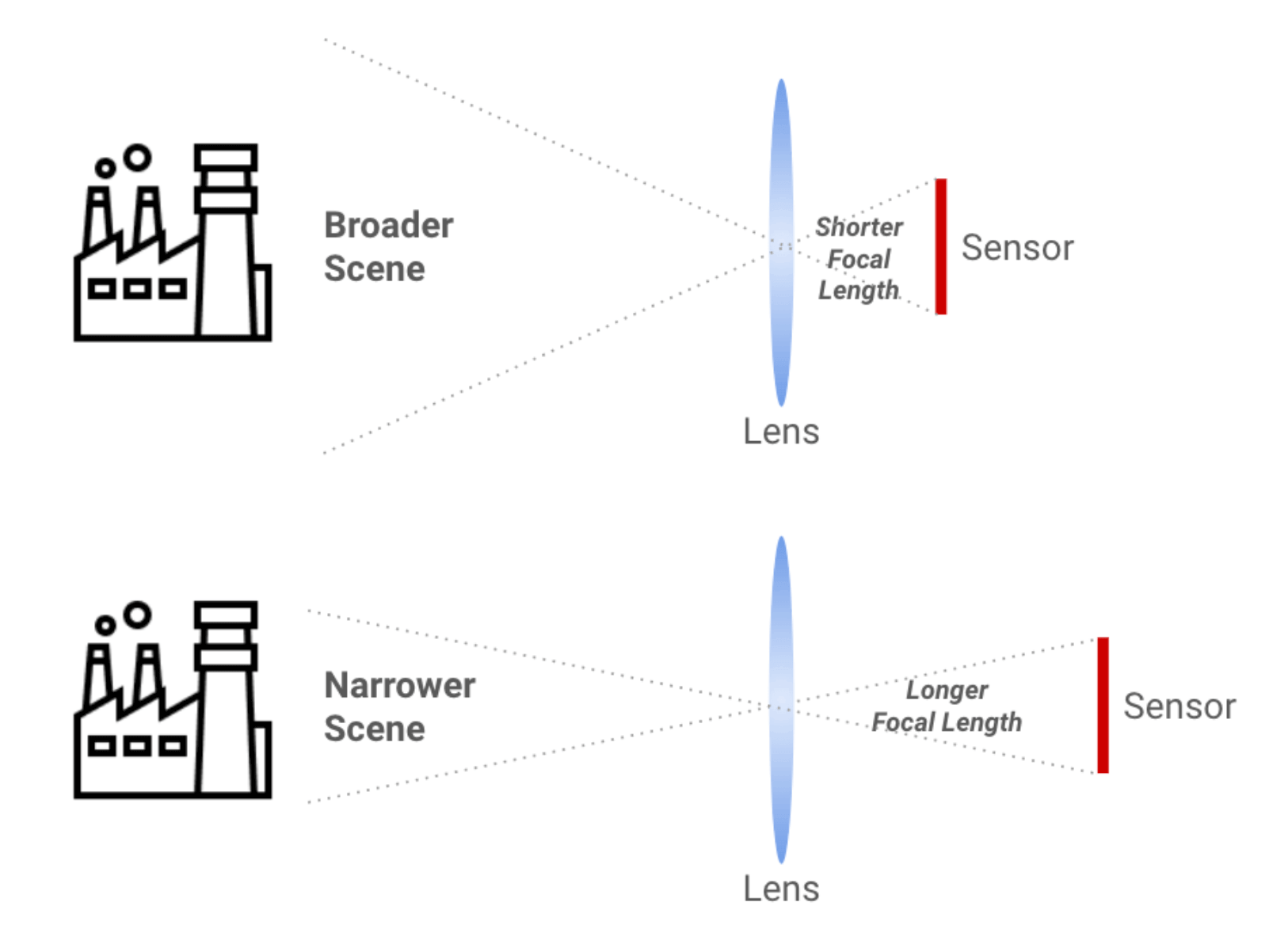
The Relationship Between Focal Length and Monitor Distance
| Focal Length | Field of View | Recommended Monitoring Distance |
|---|---|---|
| 2.8mm | 98.5° | About 3 meters |
| 4mm | 79° | About 6 meters |
| 6mm | 49° | About 10 meters |
| 8mm | 40° | About 20 meters |
| 12mm | 23° | About 30 meters |
| 16mm | 19.2° | About 50 meters |
| 25mm | 12.4° | About 80 meters |
| ※ Field of view angle varies by model. Refer to the official website for accurate specifications. | ||
Fixed Focal Length
Security cameras with fixed lenses, defined by their set and non-adjustable focal lengths, are widely used in general surveillance scenarios due to their reliable wide-angle performance. They offer a simplified internal design without movable parts, reducing potential points of failure. A prime example is the Iufuture 4K Security Camera Outdoor PTZ 8MP POE IP Camera with 20X Zoom, which delivers ultra high-definition imaging with powerful zoom and night vision capabilities. Although primarily known for its 20X optical zoom and 320ft night vision, this hi-res security camera can also function with fixed presets for focused zone monitoring. It supports auto tracking, human detection, and seamless integration with NVR systems, making it ideal for any 4K camera system for home with NVR system. As a Tuya smart camera, it ensures real-time control via the app, bringing exceptional performance to outdoor security in all weather conditions.
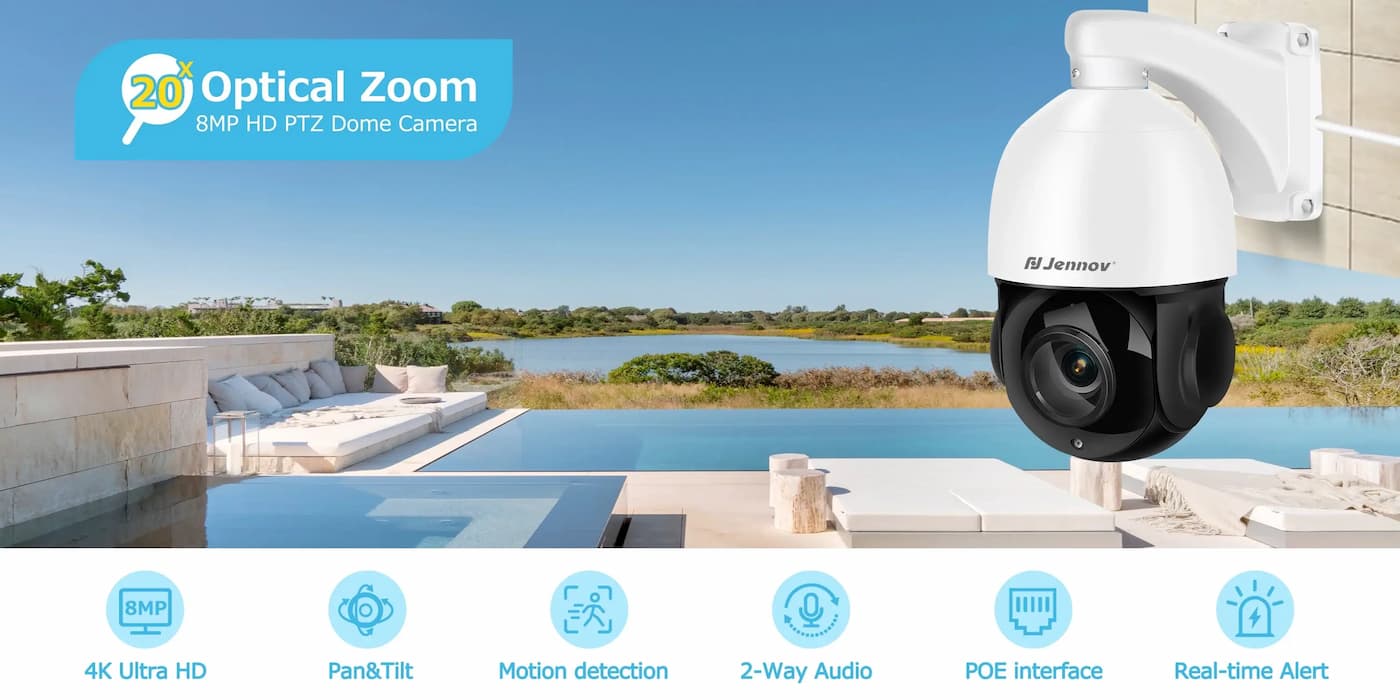
Variable Focus
Variable focus security cameras, often featuring optical zoom technology, are highly adaptable tools in modern surveillance systems. Unlike fixed-lens cameras, these cameras allow users to zoom in or out by adjusting the focal length, enabling detailed monitoring of distant objects while maintaining image clarity. This makes them suitable for dynamic environments like parking areas, warehouses, or large commercial premises. Many models support tuya smart camera integration for remote zoom control and automation. With support for 4K camera ultra HD resolution, these cameras deliver sharp, detailed images even when zoomed in. Ideal for businesses looking for flexible 4K surveillance camera solutions, especially when integrated with a 4K camera system for home with NVR system, they ensure wide-to-narrow coverage with professional-grade performance. These high def security cameras are essential for environments where clarity and control matter.
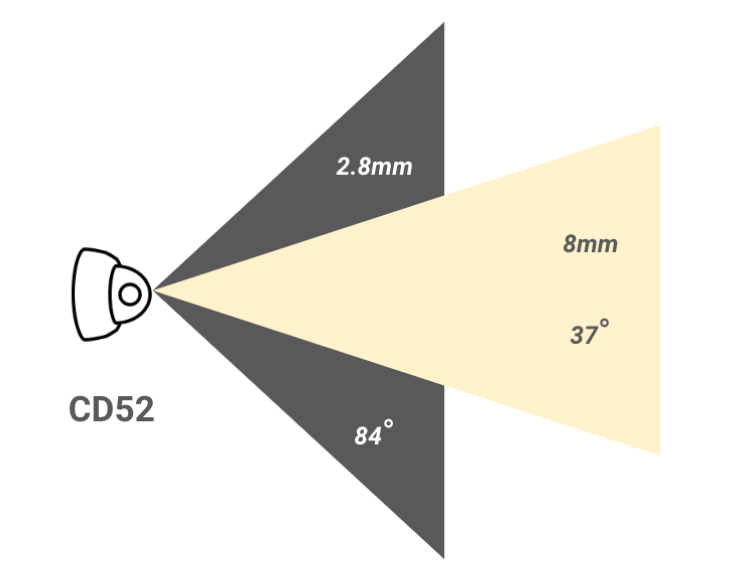
Telephoto Zoom for Specialized Monitoring
Manufacturers often provide security cameras with telephoto zoom capabilities to cover extended focal length ranges. For example, rather than referencing traditional bullet cameras with 8mm–20mm lenses, a flexible option for indoor applications is the 4MP Wireless Indoor Camera – Baby Monitor. This pan-tilt WiFi camera supports two-way audio and TUYA app control, making it ideal for baby monitoring, elderly care, or any scenario requiring precise indoor surveillance.
Such versatility proves valuable in various situations:
Long-distance indoor coverage: While outdoor zoom lenses are used for distant gates or parking lots, indoor telephoto zoom or pan-tilt designs allow you to cover larger rooms or monitor a child’s crib from across the house.
Detailed observation: Ideal for close-up and precise tracking of specific zones—such as children’s rooms, hallways, or nursing areas—especially when combined with smart features like motion alerts or audio detection.
The ability to adjust viewing angles or zoom digitally ensures highly customized monitoring, offering effective coverage of key indoor areas with the necessary level of detail.
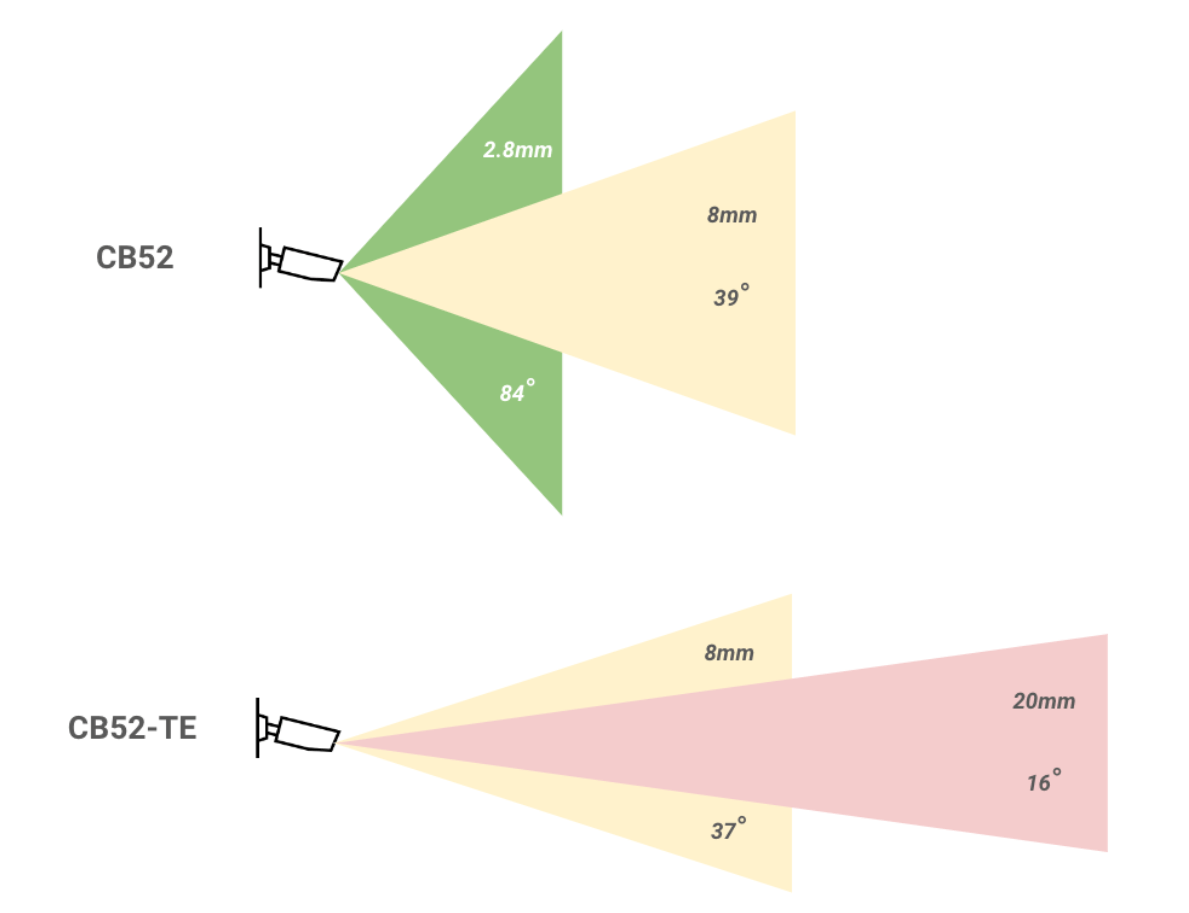
Understanding the Relationship Between Focal Length and Field of View
Field of View (Degrees)
In video surveillance, the focal length of a camera directly influences its field of view. Measured in degrees, the field of view (FOV) refers to the width of the scene that the camera can capture. Manufacturers typically specify three FOV dimensions—horizontal, vertical, and diagonal—making it easier to compare and understand how different lens types perform.
Wide-angle lenses may introduce image distortion, particularly near the edges. To counter this, many modern smart security cameras are equipped with image distortion correction technology. This digital adjustment straightens curved edges to produce more accurate and natural images. While this may slightly reduce edge coverage, it enhances clarity and image usability.
Autofocus and Manual Focus Flexibility
Security cameras with variable focal lengths (zoom lenses) often require an internal focusing mechanism to maintain image clarity during zoom operations. Most modern surveillance cameras come with autofocus capabilities that automatically adjust the focus when the zoom changes.
However, in some cases, the autofocus might prioritize the wrong area, especially in complex scenes. To resolve this, many professional-grade cameras support manual focus adjustment or allow users to designate specific areas for focus priority. This level of control ensures that the most critical parts of the scene are always sharp and detailed.
Focal Length and Resolution
While focal length and resolution are separate parameters, they should be considered together when selecting a security camera. A wide-angle camera may provide full-scene visibility, ideal for monitoring parking lots or open spaces, but the resolution is distributed over a broader area, limiting detail in any specific spot.
On the other hand, cameras with optical zoom can concentrate a fixed resolution on a smaller area by zooming in, significantly improving detail capture. This is especially beneficial for features like face recognition or license plate reading, which require sharp, high-resolution footage.
When it’s not feasible to install a fixed-lens camera near the subject, an optical zoom camera offers a flexible alternative—allowing remote focusing without sacrificing image quality or installation aesthetics.
Conclusion
Focal length is a critical factor in choosing a security camera, as it determines both the field of view and the level of detail captured. Whether to use a fixed or variable focal lens depends on your specific surveillance needs.
Balancing focal length, focusing technology, and resolution is key to building a reliable and effective monitoring system. Choosing the right focal configuration ensures your surveillance setup operates at peak performance and delivers crystal-clear footage of key areas when it matters most.
Iufuture Top Security Cameras for Clear and Reliable Surveillance
Indoor Security Cameras
Indoor Security Cameras
2.5K Indoor Security Camera – No Fees, WiFi 6, AI Baby & Pet Detection
Indoor Security Cameras
5G WiFi Smart Security Cameras – Indoor/Outdoor 2-Pack with Color Night Vision
Indoor Security Cameras
2K Indoor WiFi Camera – Smart AI Baby Monitor with Night Vision
Indoor Security Cameras
4K Security Camera Outdoor PTZ 8MP POE IP Camera with 20X Zoom, Auto Tracking & Night Vision
Outdoor Solar Surveillance
Iufuture AI Smart Security Camera | 360° Auto-Tracking, Baby Monitor & Home Security
Indoor Security Cameras
Iufuture P40 2K Smart Home Security Camera – 2.4Ghz WiFi, 360° Color Night, Auto Tracking
